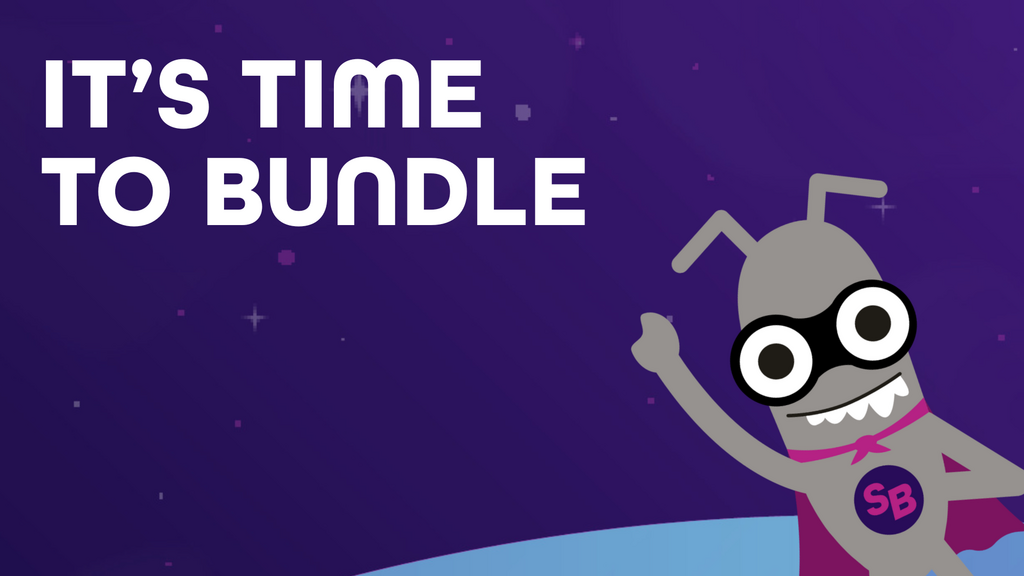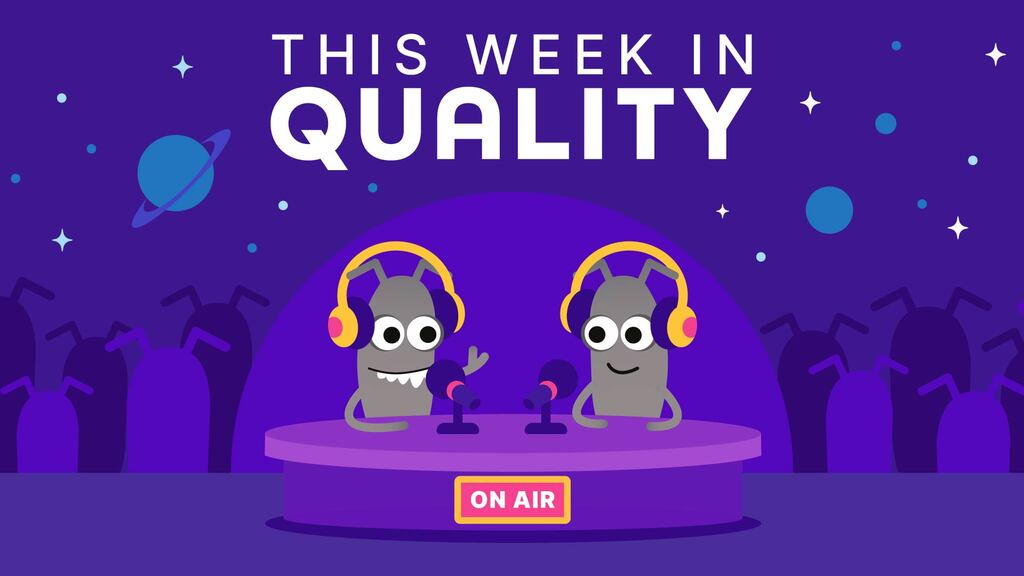Think of a code review like having an editor check your writing. Before code gets added to a project, other developers examine it to spot potential problems, suggest improvements, and ensure it follows the team's standards. It's a collaborative process that helps maintain code quality and share knowledge across the team.
What do developers look for during code reviews?
When reviewing code, developers wear several hats. They check if the code solves the problem effectively, look for potential bugs or security issues, and consider how easy it will be to maintain in the future. They might ask questions like "Could this be simpler?" or "What happens if this fails?" Sometimes they also catch subtle issues that automated tools might miss.
How do code reviews happen in practice?
Most teams use a pull request workflow. A developer finishes their changes and creates a pull request, which is like raising their hand to say "I'm ready for review." Other team members then look at the changes, leave comments, and either approve the code or request changes. Tools like GitHub make this process smooth by showing exactly what changed and allowing inline comments.
What makes a good code review?
The best code reviews are constructive and timely. Reviewers focus on important issues rather than nitpicking, explain the reasoning behind their suggestions, and maintain a respectful tone. Meanwhile, the developer receiving the review stays open to feedback and uses it as a learning opportunity. It's not about finding fault - it's about making the code better together.




